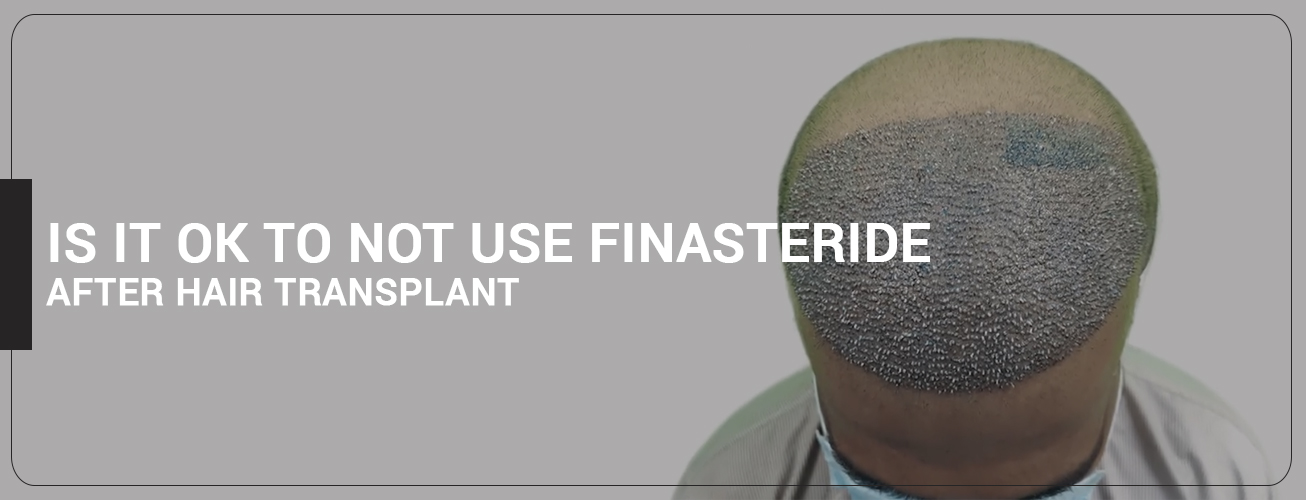
Hair transplant procedures are life-changing for many people. To maintain the result, many patients ask if it is necessary to take finasteride after the operation and, if so, until when. The answer is yes!
Male pattern baldness generally persists overtime and makes a person lose their hair over a long period of time. Then one solution for male pattern baldness is finasteride. Until you continue, 91% of patients will not lose their hair; if you stop using finasteride, hair starts to fall out again. Male pattern baldness cannot be cured, however a hair transplant can cover your bald patches by replacing them with hair from the donor area.
Finasteride prevents hair loss from the transplanted area as well as existing hair that is not transplanted. If finasteride is not taken after transplants, it can lead to an undesired look as male pattern baldness progresses. Taking finasteride after a hair transplant can prevent hair loss in the future and help you preserve a head full of hair that you naturally possess. Taking finasteride orally and topically is the best option to retain your transplanted and existing hair. It avoids the chance of further second hair transplants in the future.
As we have mentioned, finasteride should be used consistently to show its effect. This means that you will have to use finasteride as long as you want to keep your natural hair. The medication has been on the market since 1992, for more than 30 years, and studies show that it is safe to use finasteride over a long period of time. But there are some considerations like age, amount of hair fall, grade of baldness, lifestyle, etc. that decide the dosage and period of finasteride.
Read More :- Dutasteride Vs Finasteride